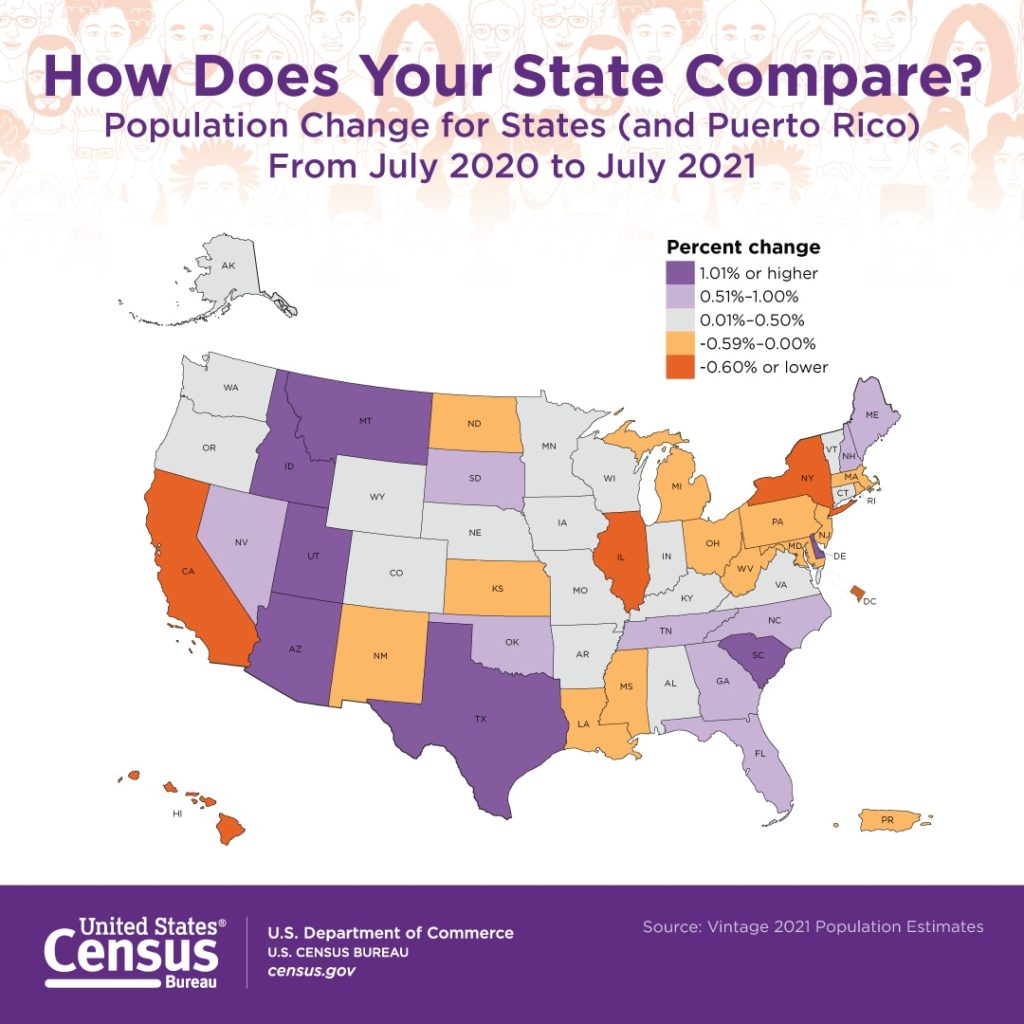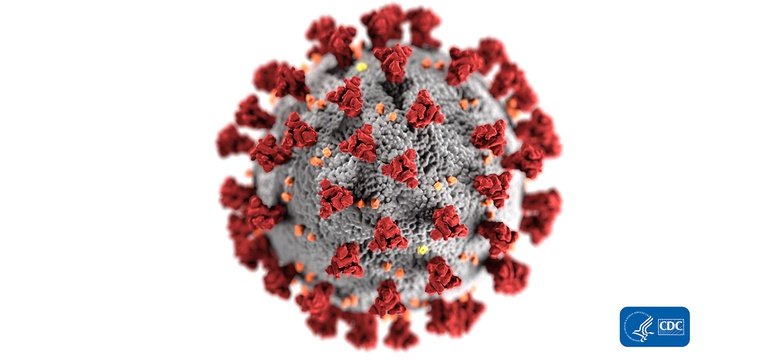Tuesday Tidbits

From the Omicron front, the Wall Street Journal reports that
The Centers for Disease Control and Prevention added to research suggesting the Omicron variant can lead to reinfections that are often accompanied by mild Covid-19 symptoms, as new cases soared across the U.S.
States reported 512,553 cases on Monday—the most for a single day since the start of the pandemic—as states caught up after pausing for the Christmas holiday, according to a Wall Street Journal analysis of data from Johns Hopkins University. The tally lifted the seven-day average of reported cases to 237,061, 15,000 less than the pandemic high recorded about a year ago.
The report for Monday didn’t include North Carolina, South Carolina and Rhode Island, which remained on pause. That gap and more blackouts in reporting during the New Year weekend are expected to muddy the tracking of the full extent of the pandemic’s trajectory until January, when reporting catches up.
Covid-19 testing was also less prevalent earlier in the pandemic, complicating case-rate comparisons from one surge to another. As with earlier variants, tracking Omicron’s spread in the U.S. has been a challenge for public-health officials. The CDC on Tuesday estimated that Omicron was responsible for 59% of new infections for the week through Dec. 25 and 23% for the week through Dec. 18. Last week, the CDC had estimated Omicron drove some 73% of infections in the week through Dec. 18. The CDC said Tuesday that the latest figures fell within the bounds of its statistical model and that the trend of Omicron’s increasing prevalence among U.S. cases is clear.
Bloomberg adds
The omicron-fueled U.S. surge in Covid-19 cases appears to be triggering a lower rate of hospitalizations than earlier waves, more evidence that the highly transmissible variant leads to milder symptoms than other strains.
The seven-day average of new cases hit 206,577 on Sunday, roughly 18% lower than the all-time high recorded on Jan. 11, according to data from the Centers for Disease Control and Prevention. Meanwhile, hospitalizations rose to a seven-day average of 8,964, only half their earlier peak recorded in January. * * *
Even when patients do end up in the hospital with omicron, they appear to spend less time there. However, the increasing numbers of breakthrough infections among vaccinated people may skew hospitalization data, said Jeffrey Morris, professor and director of the biostatistics division at the University of Pennsylvania’s Perelman School of Medicine.
“It appears there is less risk of hospitalized disease across the board, but we have to be a little bit careful about interpreting that,” he said in a phone interview. The rate of hospitalizations and deaths may appear artificially lower because breakthrough cases tend often turn out to be mild, Morris said.
From the Affordable Care Act front, the Department of Health and Human Services issued the first round of 2023 Benefit and Payment Parameter rules today. Here’s a link to the CMS fact sheet which describes big, disruptive proposed changes to the federal and state marketplaces. For example
CMS proposes to require issuers in the FFMs and State-based Marketplaces on the Federal Platform (SBM-FPs) to offer standardized plan options at every product network type, metal level, and throughout every service area that they offer non-standardized options in plan year (PY) 2023. For example, if an issuer offers a non-standardized gold plan in a particular service area, that issuer must also offer a standardized gold plan in that same service area. CMS is not proposing to require issuers to offer standardized plan options at product network types, metal levels, and throughout services areas in which they do not offer non-standardized options. CMS has designed two sets of standardized plan options at each of the bronze, expanded bronze, silver, silver cost-sharing reduction (CSR) variations, gold, and platinum metal levels of coverage, with each set being tailored to the unique cost-sharing laws in different sets of states. CMS also proposes to display these standardized options differentially on HealthCare.gov and to resume enforcement of the existing standardized plan option differential display requirements for web brokers and QHP issuers utilizing a Classic Direct Enrollment or Enhanced Direct Enrollment pathway.
The key aspect of these rules applicable to the FEHB Program is the disclosure of the 2023 limits on in-network cost sharing. The fact sheet explains that
CMS will issue the 2023 benefit year premium adjustment percentage, the maximum annual limitation on cost sharing, reduced maximum annual limitation on cost sharing, and the required contribution percentage (payment parameters) in guidance by January 2022, consistent with policy finalized in the 2022 Payment Notice (86 FR 24140).
These rules also routine tweak the medical loss ratio rules under which FEHB community rated plans generally operate.
From the No Surprises Act front, the Internal Revenue Service released Rev. Proc. 2022-11. This Rev. Proc. explains that
For an item or service furnished during 2022, the group health plan or group or individual health insurance issuer must calculate the qualifying payment amount by increasing the median contracted rate (as determined in accordance with § 54.9816-6T(b), 29 CFR 2590.716-6(b), and 45 CFR 149.140(b))8 for the same or similar item or service under such plan or coverage, on January 31, 2019, by the combined percentage increase as published by the Department of the Treasury (Treasury Department) and the Internal Revenue Service (IRS) to reflect the percentage increase in the consumer price index for all urban consumers (U.S. city average) (CPI-U) over 2019, such percentage increase over 2020, and such percentage increase over 2021. * * *
This Rev. Proc. provides that combined (2019-2021) CPI-U adjustment for next year which of course begins on Saturday:
For items and services provided on or after January 1, 2022, and before January 1, 2023, the combined percentage increase to adjust the median contracted rate is 1.0648523983.10 Pursuant to this revenue procedure, group health plans and group and individual health insurance issuers may round any resulting qualifying payment amount to the nearest dollar.
Example. A group health plan sponsor calculates a median contracted rate for a service with service code X; the service is not an anesthesia service or air ambulance service. The median contracted rate for service code X is $12,480 as of January 31, 2019. For a service with service code X furnished during 2022, increasing the median contracted rate by the combined percentage increase of 1.0648523983 results in $13,289.36; rounding to the nearest dollar results in a qualifying payment amount of $13,289.
From the upcoming new year department —
- Fedweek offers advice to federal employees on paycheck changes to expect / confirm in the first paycheck of 2022 which, “[d]epending on the payroll provider, employees typically receive a pay distribution late in the week following the end of a pay period [here January 15] or early in the week subsequent to that.”
- STAT News again peers into its crystal ball and predicts / discusses three challenges facing hospitals next year: Staffing, federal assistance, and patient capacity. On that last challenge
The bright spot is that the health care system could have another tool in its arsenal to fight Covid-19 in 2022 — antivirals that could reduce hospitalizations even if people become infected. There are some logistical challenges around deploying the pills, as they have to be taken early in the course of the Covid-19 infection. If the United States can capitalize on their potential, the treatments have the potential to relieve the worst of the pressure that 2022 could bring to bear on weary hospitals.













